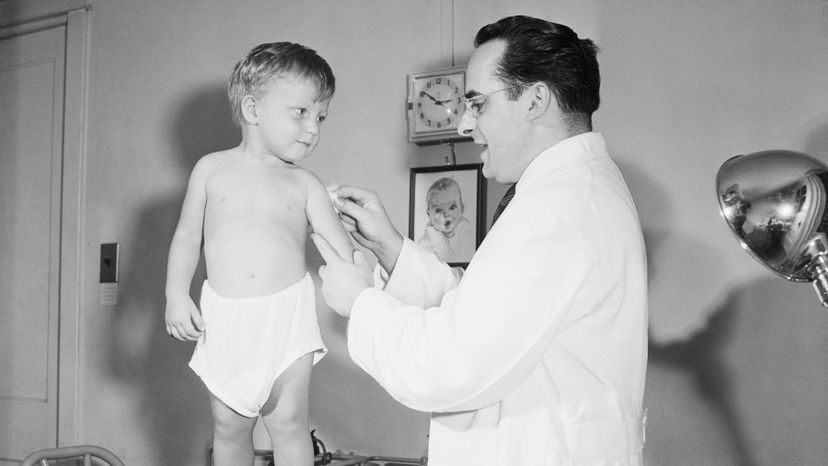"The injection site is driven by how the medication is absorbed," says Libby Richards, a faculty associate at the Purdue University School of Nursing. "Some medications, like insulin, needs to be absorbed slowly so fatty tissue without as much blood flow works better. Medications injected into the muscles are absorbed faster than fatty tissues but slower than intravenous."
It's common for antibiotics, diuretics and analgesics to be administered intravenously, for instance, while many vaccines, hormone shots and allergy medications are injected intramuscularly.
In addition to the type of medicine, doctors and nurses need to think about how much medicine needs to be injected, and whether a specific muscle is large enough to hold that much medication.
"Muscle tissue can generally hold more volume than fatty, or subcutaneous, tissue so that is another consideration when choosing an injection site," says Richards. "When the volume of medication is a consideration, larger muscles such as the buttocks or thigh may be used instead of the arm. Plus, some medications can cause irritation to delicate blood vessels — in this case, muscle is preferred as well."
And even with all the considerations, you can still ask your doctor if they can give your injection in your preferred location:
"Sometimes it comes down to patient preference and convenience," says Richards. "The arm is often easier to access and preferred by patients."
